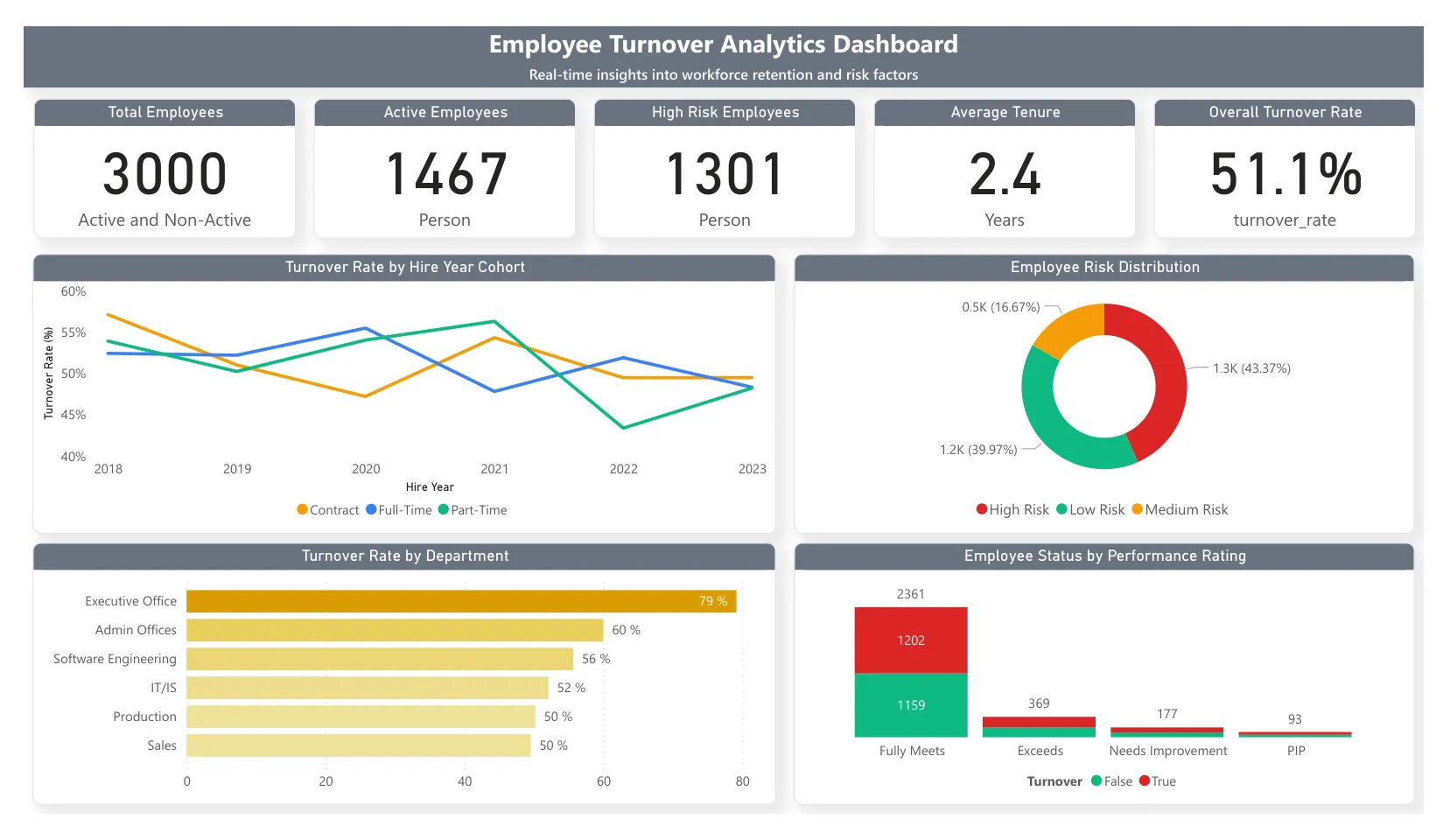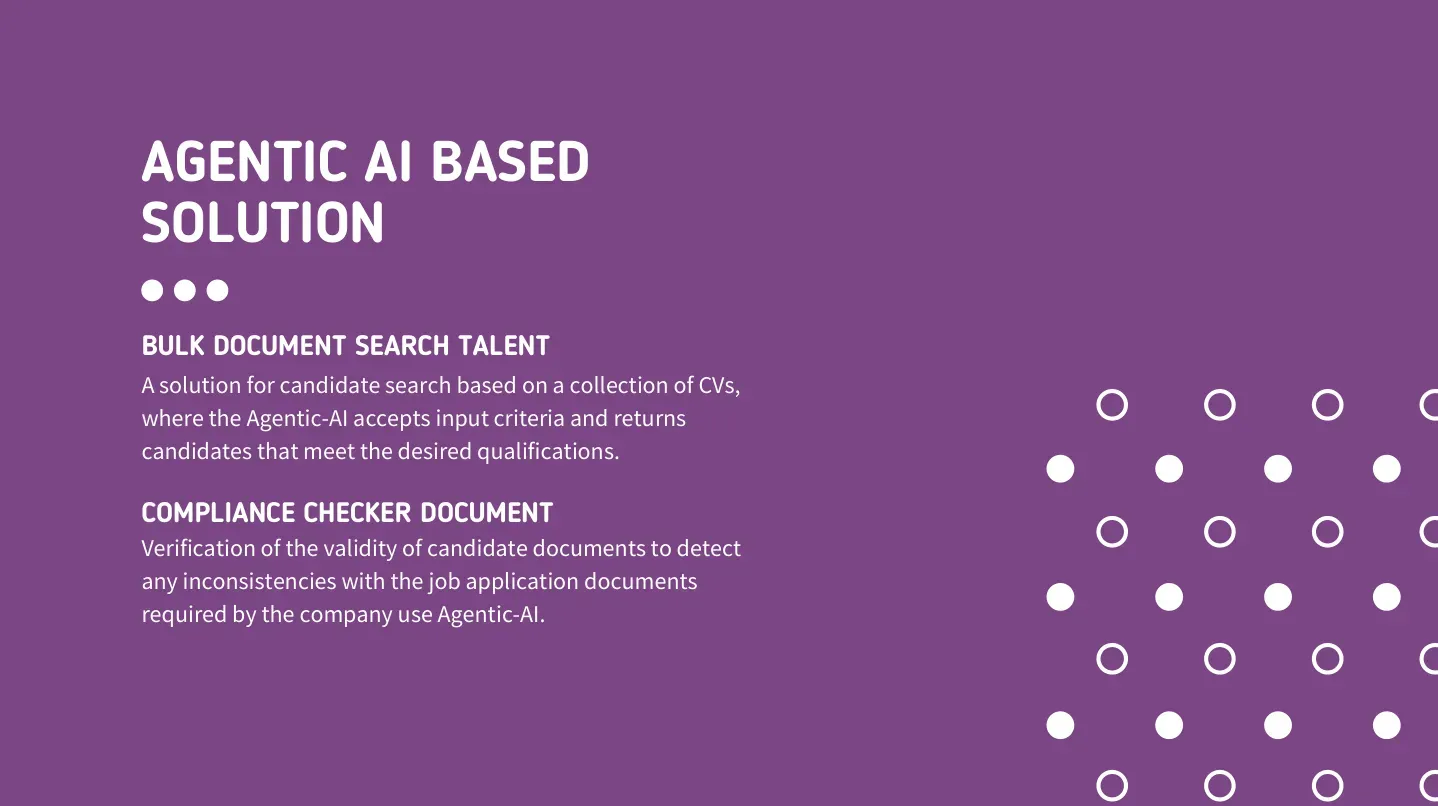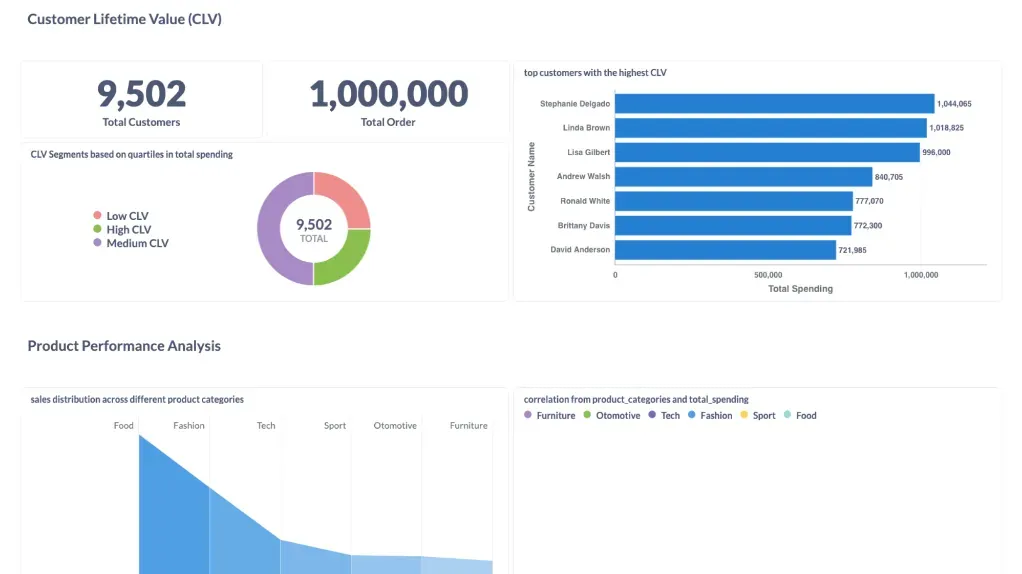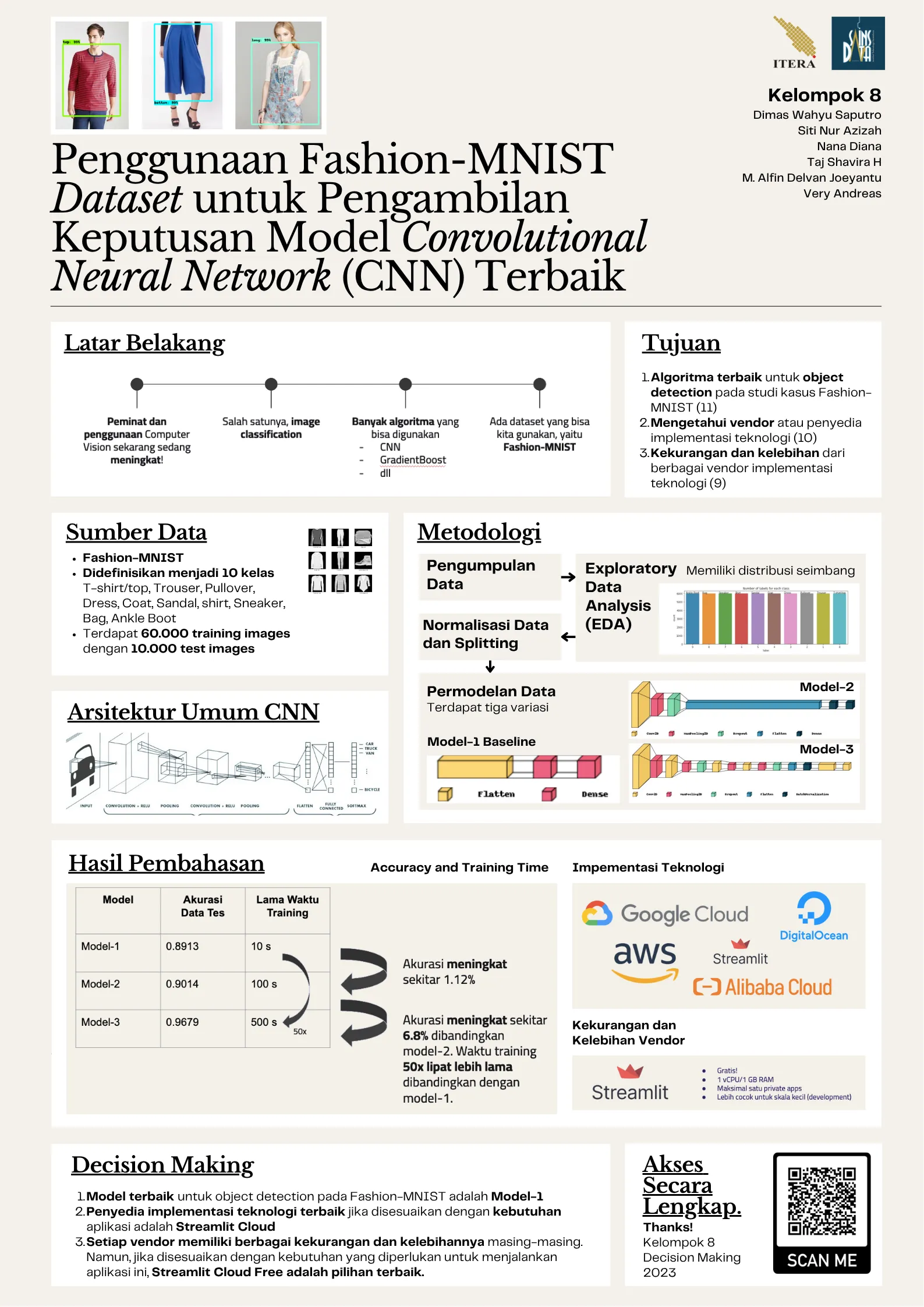I developed People Analytics, a data-driven tool designed to empower HR teams with actionable insights from organizational data. Navigating complex HR datasets can be challenging, so I created People Analytics to address this in two main ways. First, it streamlines the process of importing, cleaning, and transforming HR data, making it ready for in-depth analysis. Second, it visualizes key HR metrics—such as employee retention, engagement, and performance—through interactive dashboards, helping HR professionals identify trends and make informed decisions faster. This end-to-end solution saves time, reduces manual effort, and fosters more strategic, evidence-based HR practices.
- Technologies Used: dbt, PowerBI, Jupyter Notebook, Python, Pandas, Matplotlib, Seaborn
- View on GitHub















